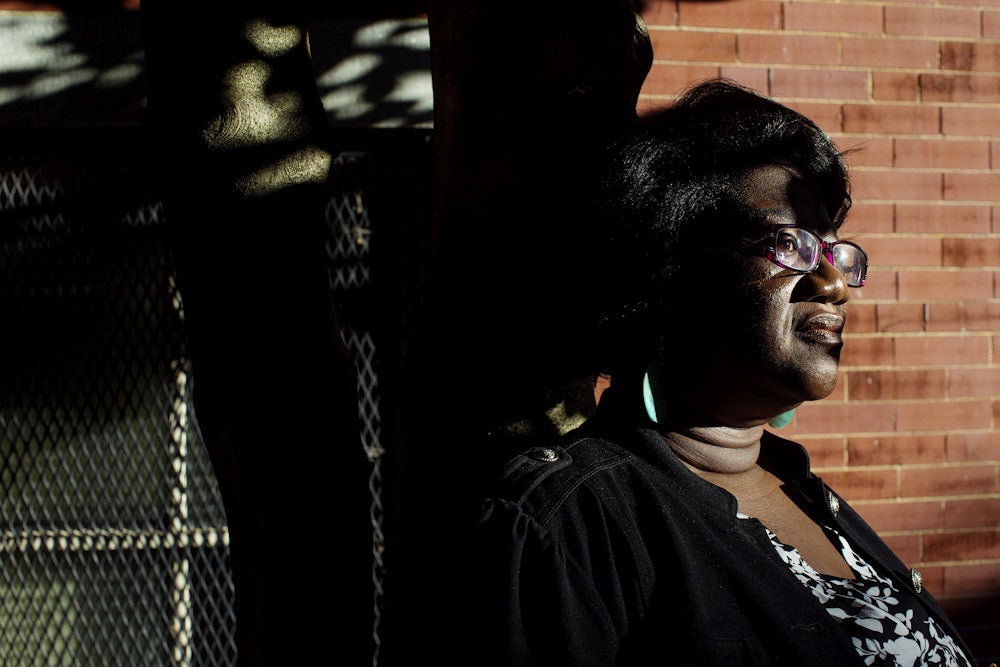For-profit colleges have existed for centuries, but now they’re this new kind of beast. What’s changed?
There’s this great narrative about how many more people are going to college now, but that’s not actually true unless you account for the rise of for-profits. Historically, it’s mostly been women and blue-collar white men who enroll in for-profit colleges to obtain certificates for skilled labor. We can’t say that anymore. Starting in the mid-1990s, for-profit colleges really expanded due to financialization and shareholder investment. These schools now offer bachelor’s degrees and even graduate degrees. The pool of students is only going to grow as the economy continues to grow more precarious.
These schools market themselves as holding the keys to the future.
Yes, if you look at their advertising, much of it is about being “future oriented”—that they’re this new, cutting-edge way to go to school. The colleges themselves, especially the larger ones, trade on that idea. And students believe the marketing.
You call for-profit colleges a “negative social insurance program.” What do you mean?
We as a society send this message: Go to school to have a good, middle-class life—it’s the only way. What we don’t say is how. For-profits sell the idea that they can help students smooth over economic shocks. That’s what the social safety net is failing to do—we see that with the decline of welfare programs, our reticence to provide child care, the decimation of labor unions. So these schools are actually a form of social insurance—just not a good one.
Is the government “crackdown” on for-profit colleges the wrong response?
We need to go beyond focusing on whether for-profit colleges help graduates land a job. Why go after those job-placement statistics, for example, when these schools are legally allowed to generate up to 90 percent of their profits from federal student aid programs? If 90 percent of your profit comes from student aid, then you don’t have to invest in things like campuses or research that could help your students. The fact that we won’t even let the public know that that’s actually the issue—not gainful employment data—is again part of the problem.
Did you find that these schools are preying on vulnerable populations?
These students aren’t thoughtless victims. But the choices available to them are predatory. That’s actually not the fault of for-profit colleges as much as it’s a failure of government and politics and social policy. We can get rid of consumer demand for for-profit colleges within a year, simply by providing better social insurance for working-class people. Neither Democrats nor Republicans question what’s fueling the demand for these types of credentials, because to do that would require a much harder political conversation.
For-profit colleges disproportionately hurt poor people and minorities, but you argue that, ultimately, we’re all at risk. How so?
The fact is, many of us are struggling to fit job training into our lives and figure out how to subsidize it—taking an online master’s course here, or teaching ourselves how to code there. Politicians say American workers have to retrain for the jobs of the twenty-first century. But they never say how we’re supposed to do that, or who will pay for it. And that’s a problem for all of us. In this economy, we’re all vulnerable.
